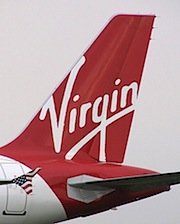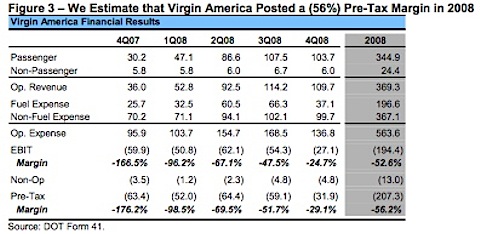
Good evening everyone! This week’s huge mega-earnings issue of PlaneBusiness Banter is now posted. This week we take an in-depth look at the recent earnings results and the earnings calls from Delta Air Lines, US Airways, Alaska Air Group, JetBlue, and United Continental Holdings.
But there’s more.
Republic Holdings announced last week that Frontier Airlines was getting a new executive team and — that the airline was going to become an ULCC.
You know what that is don’t you?
Ultra low cost carrier. Think Spirit. Or Ryanair.
Not sure what all the animals are going to think about this. Not quite sure what we think about it yet — as details are slim. But it appears that either Frontier will be rebranded and operated as a ULCC. Or it looks like it will be rebranded and then sold as a ULCC.
Heading up the new operation is none other than Dave Siegel. Yes, the same Dave Siegel who headed up the old US Airways during the Dark Period. Joining him is the former head of planning and pricing at Allegiant — Robert Ashcroft as SVP Finance. Daniel Shurz, meanwhile, was promoted to SVP Commercial.
Tomorrow employees and union leaders will finally hear from American Airlines — as the airline is slated to roll out its proposed labor contract modifications per section 1113 of the U.S. bankruptcy code. Meanwhile we’ll be interested to more hear details of the airline’s proposed restructuring plan.
It’s going to be one difficult day for American employees.
Meanwhile the head of the Pension Benefit Guaranty Benefit Corp., the government agency that would be forced to take over the administration of employee pensions if the airline walks away from them continued his very public criticism of the airline Tuesday.
The PBGC also placed liens against assets of American on Tuesday. The agency said that it filed over 70 liens for a total of $91.7 million, on behalf of the four pension plans the airline currently has. This comes after American only paid $6.5 million of the roughly $100 million that was due earlier in the month. The airline said that it had to conserve its cash.
We’ll find out more tomorrow on where the pension issue is headed. But one thing’s for sure — this PBGC is not the same as the one United Airlines rolled over when it went through its bankruptcy. Josh Gotbaum, the director of the PBGC, is not going to go down without a fight.
But the big story this week in PlaneBusiness Banter is earnings — lots and lots and lots of earnings. This week’s issue clocks in at over 150 pages as we take an in-depth look at the five airlines that reported in last week. Which airline do we think reported the strongest earnings for the fourth quarter? Delta Air Lines. And I tell subscribers why.
Also, those reports last Friday about how Delta was now possibly looking at a deal for US Airways? We give you our take on those reports and why they shouldn’t surprise anyone. Who is going to do what to whom and why? We’ll break down a number of the possible scenarios.
All this and a whole lot more. Now. In this week’s PlaneBusiness Banter.



